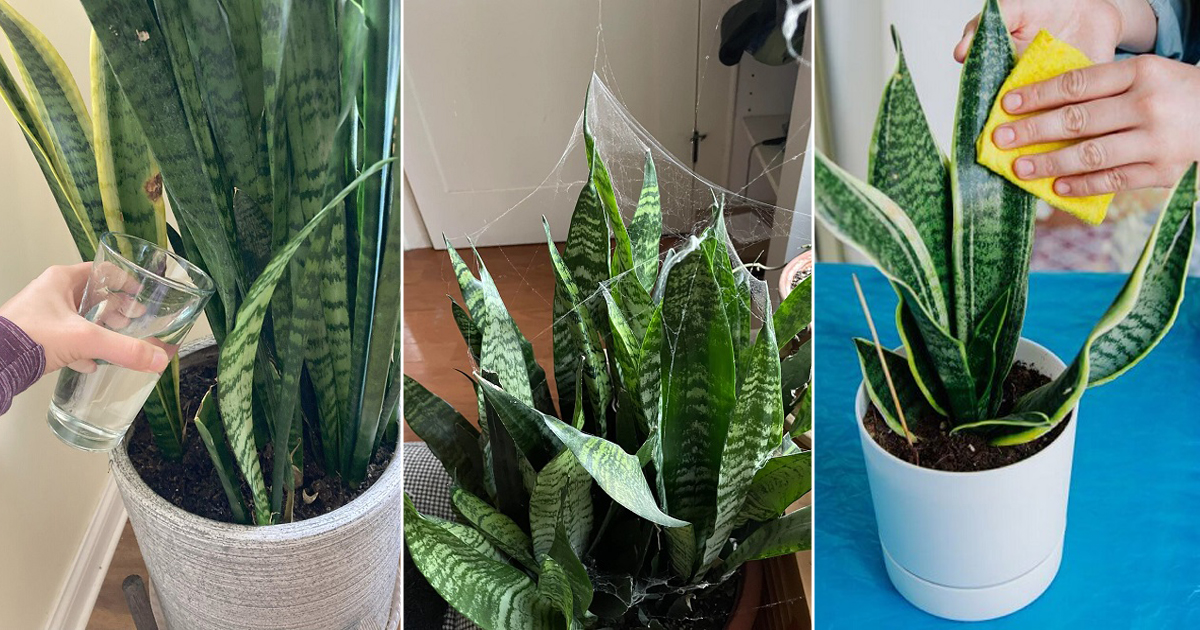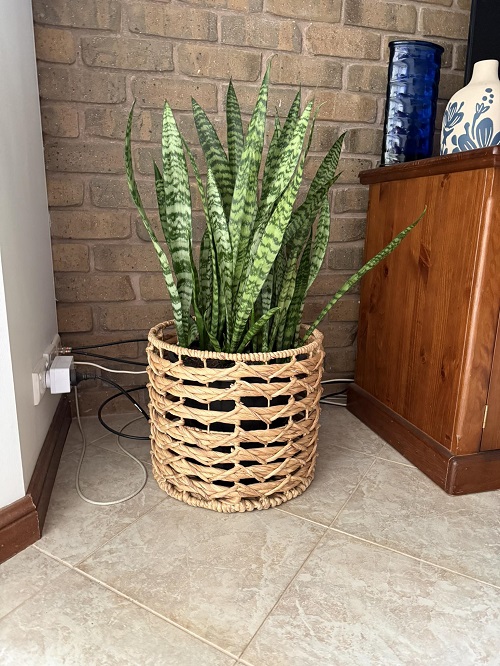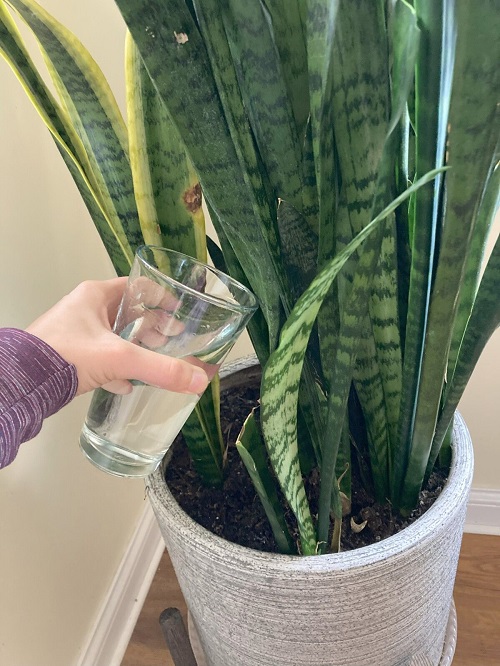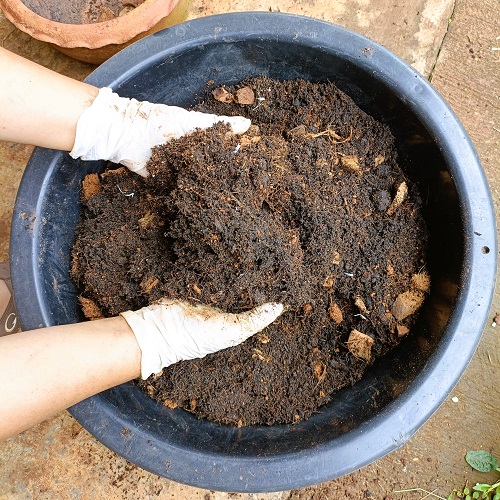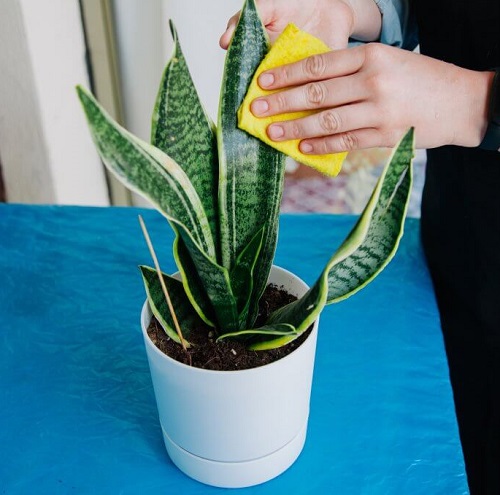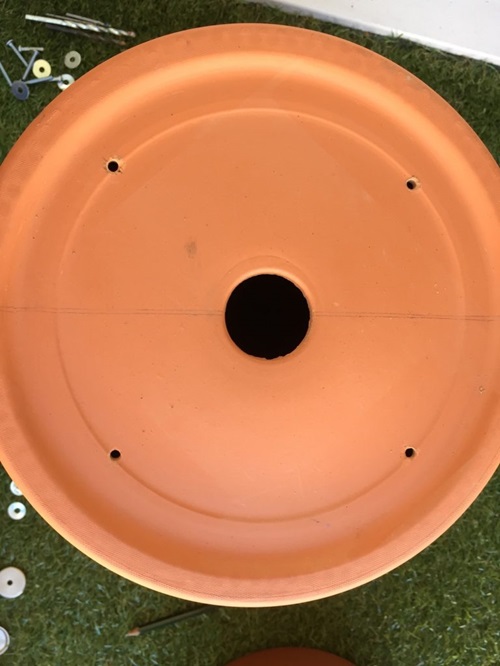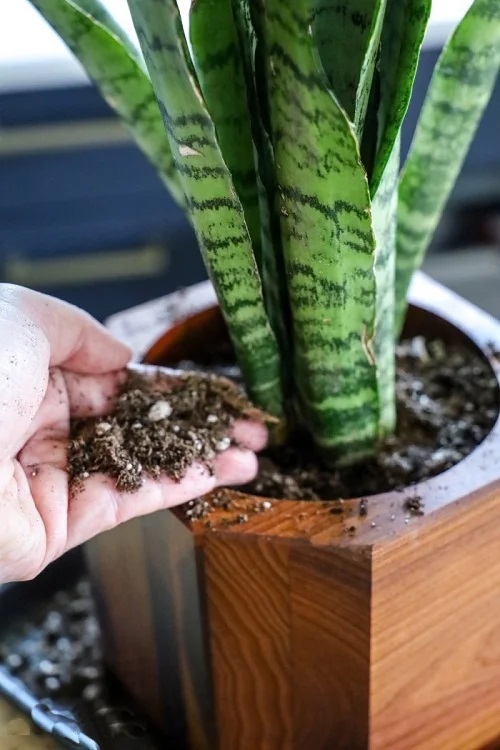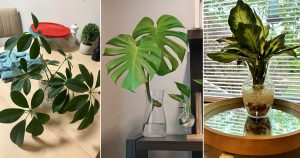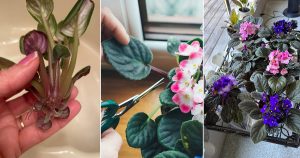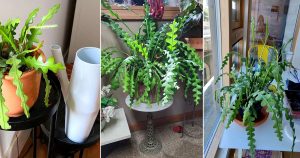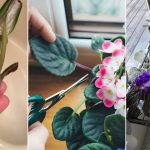Read about Mistakes that are Silently Killing Your Snake Plant Indoors and avoid them for good growth of this houseplant.
The snake plant, also called mother-in-law’s tongue, is loved for its thick green leaves and easy care. It used to be in the Sansevieria genus but is now classified as a Dracaena. There are more than 70 types, but most have the same tall, spiky look, green leaves, and need similar care. This tropical houseplant likes well-drained soil and can grow in low light, which makes it simple to look after. However, it can still get sick or die if not cared for properly. Here are the Mistakes that are Silently Killing Your Snake Plant Indoors.
Mistakes that are Silently Killing Your Snake Plant Indoors
1. Inappropriate Watering
Underwatering can also wreak havoc on your house plant, resulting in wrinkled and thinning leaves. It eventually leads to dead roots and a dead plant.
Snake plants usually recover easily from underwatering as they are drought-tolerant. So add a little water, and your plant should perk up! Remember to prune off any dead leaves.
Tip: In spring through fall, water only when the first inch of soil is dry. Cut back to watering once every one to two months in the winter.
2. Using the Wrong Potting Mix
If the soil is heavy and does not drain well, water will remain around the roots for too long. This can lead to root rot and pest problems. Snake plants need soil that drains quickly so that excess water can flow away. A good choice is cactus or succulent potting mix. You can also make your own by mixing regular potting soil with sand or perlite to improve drainage.
3. Poor Lighting Conditions

While snake plants can survive in low light, they will not grow well if kept in dark corners for long periods. Low light slows their growth, and the leaves may become weak and dull in color. For the best results, place your plant where it can get bright, indirect sunlight. An east-facing or west-facing window is a great spot.
4. Ignoring Pest Problems
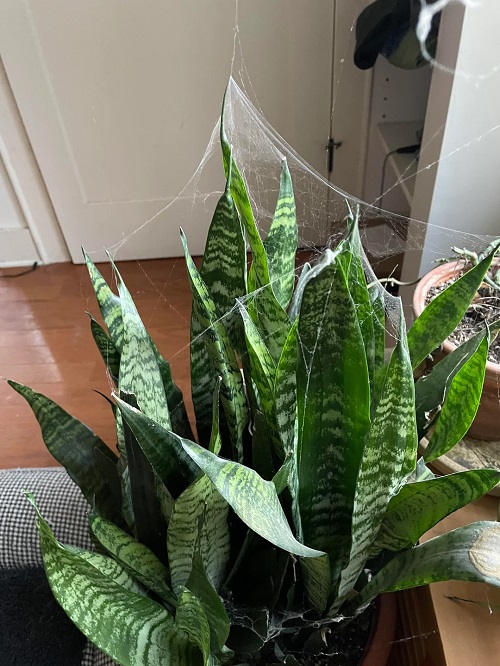
Snake plants are usually resistant to pests, but mealybugs, spider mites, or scale insects can still attack them. These pests suck the sap from the leaves, which causes spots, yellowing, and curling. If you do not notice them early, they can spread and weaken the plant. Check the leaves regularly and wipe them with a damp cloth if you spot pests. You can also use insecticidal soap or neem oil to get rid of them.
5. Not Cleaning the Leaves
Dust naturally collects on the surface of snake plant leaves, especially when they are kept indoors. A layer of dust blocks sunlight from reaching the leaves and makes it harder for the plant to breathe. Over time, this can weaken the plant and slow its growth. Gently wipe the leaves with a damp cloth about once a month to keep them clean and healthy. Avoid using chemical leaf polish, as it can clog the pores on the leaves.
6. Keeping It in a Pot Without Drainage Holes
If your plant’s pot does not have drainage holes, water will collect at the bottom and stay there. Even small amounts of trapped water can harm the roots. This is a slow but deadly mistake for a snake plant. Always choose a pot with drainage holes so water can escape easily. If you prefer decorative pots without holes, consider using a plastic pot with holes and placing it inside the decorative container.
7. Over-Fertilizing the Plant
Snake plants do not need much fertilizer to stay healthy. Feeding them too often or using too much fertilizer can burn the leaf tips and damage the roots. The safest approach is to feed the plant only during the growing season in spring and summer. Use a diluted succulent fertilizer once every one or two months. Do not fertilize in autumn or winter, when the plant’s growth slows down.
8. Exposing the Plant to Cold Drafts
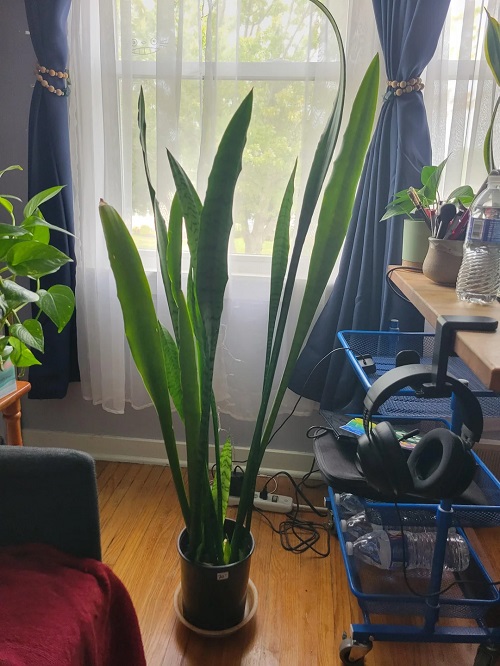
Snake plants come from warm climates and are sensitive to cold air. If they are placed near a drafty window in winter or close to an air conditioner, the leaves may develop brown, soft spots. To prevent this, keep your snake plant in a room with temperatures between 60°F and 85°F (15°C to 29°C) and away from sudden temperature changes.

